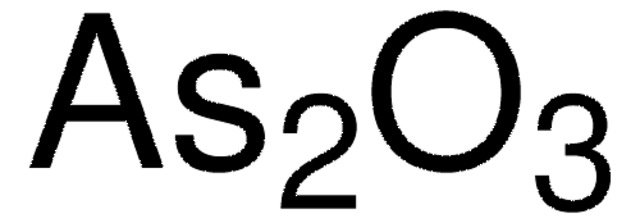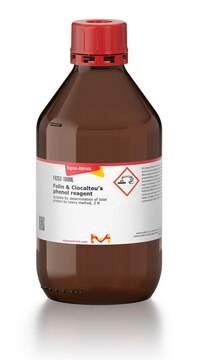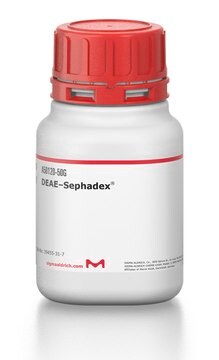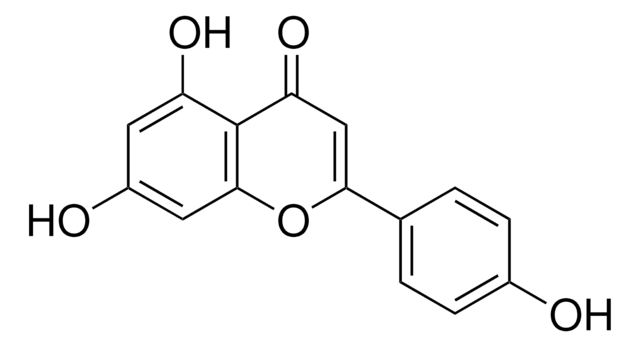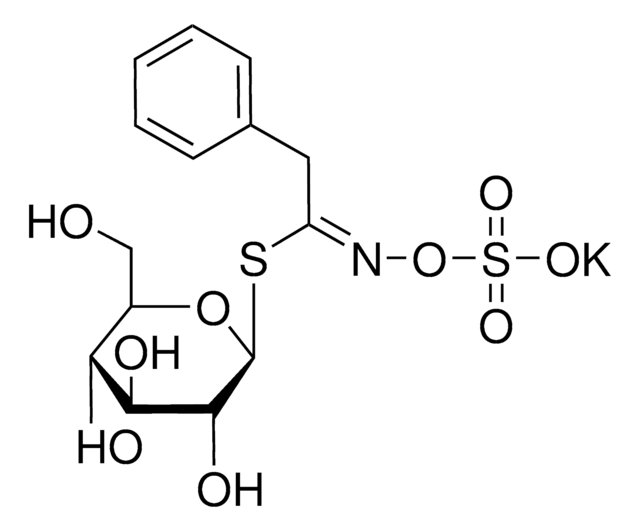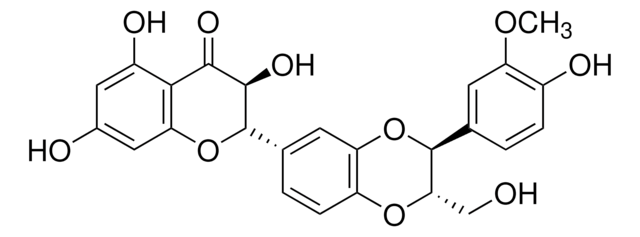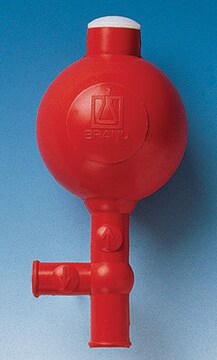A6756
Sodium arsenate dibasic heptahydrate
≥98.0%
Sinónimos:
Disodium hydrogen arsenate heptahydrate, di-Sodium hydrogen arsenate heptahydrate
About This Item
Productos recomendados
grade
for analytical purposes
assay
≥98.0%
form
powder
reaction suitability
reagent type: catalyst
core: arsenic
pH
8.5-9.0 (25 °C, 50 g/L)
SMILES string
O.O.O.O.O.O.O.[Na+].[Na+].O[As]([O-])([O-])=O
InChI
1S/AsH3O4.2Na.7H2O/c2-1(3,4)5;;;;;;;;;/h(H3,2,3,4,5);;;7*1H2/q;2*+1;;;;;;;/p-2
InChI key
KOLXPEJIBITWIQ-UHFFFAOYSA-L
¿Está buscando productos similares? Visita Guía de comparación de productos
General description
Application
signalword
Danger
hcodes
Hazard Classifications
Acute Tox. 3 Inhalation - Acute Tox. 3 Oral - Aquatic Acute 1 - Aquatic Chronic 1 - Carc. 1A
Storage Class
6.1A - Combustible acute toxic Cat. 1 and 2 / very toxic hazardous materials
wgk_germany
WGK 3
flash_point_f
Not applicable
flash_point_c
Not applicable
ppe
Eyeshields, Faceshields, Gloves, type P3 (EN 143) respirator cartridges
Elija entre una de las versiones más recientes:
¿Ya tiene este producto?
Encuentre la documentación para los productos que ha comprado recientemente en la Biblioteca de documentos.
Nuestro equipo de científicos tiene experiencia en todas las áreas de investigación: Ciencias de la vida, Ciencia de los materiales, Síntesis química, Cromatografía, Analítica y muchas otras.
Póngase en contacto con el Servicio técnico
